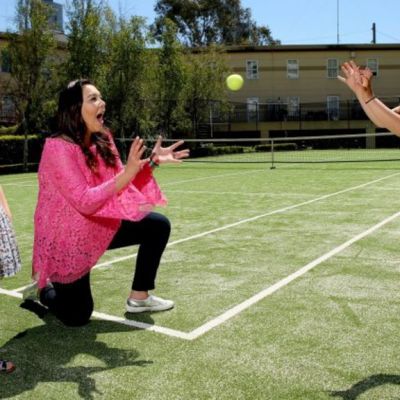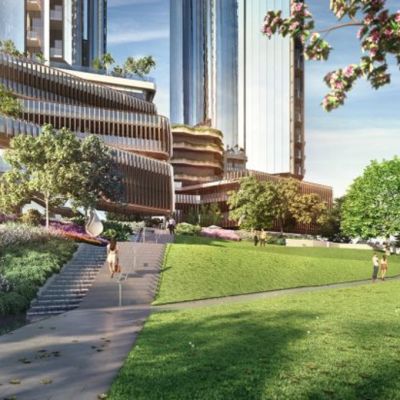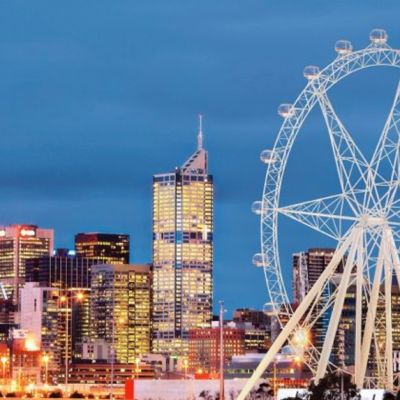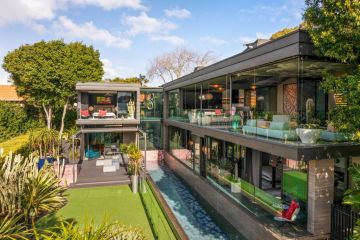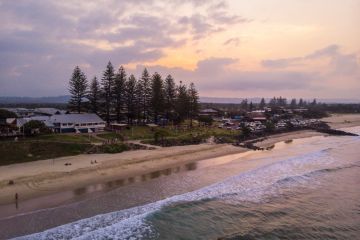Rejuvenation of Southbank Boulevard to reinvigorate suburb with green space
There’s no doubt we’re experiencing a population explosion in the inner city and inner suburbs of Melbourne and why not? It’s the world’s most liveable city.
But one of the corollaries is that as density increases in the inner city, the pressing need to find open space gets more and more difficult.
In the past 25 years, I’ve seen Southbank go from a wasteland of old factories and warehouses to Melbourne’s densest suburb, and the only City of Melbourne suburb in Australia’s 20 densest suburbs.
That has meant that Southbank has less open space than any other postcode in the municipality, at just three square metres per resident.
Our 2015 Places for People report revealed that just 18 per cent of Southbank residents accessed open space locally compared with 90 per cent in Docklands and 31 per cent in the central city.
That’s why the City of Melbourne tries, wherever and whenever possible, to turn asphalt into green open space in the inner city: it’s for the benefit of those residents who are purchasing with the confidence of employment and recreation but not always on the basis of open space.
The most exciting of these projects in the city is Southbank Boulevard. We can, through an investment of $35 million, turn part of the road into a park that will be bigger than anything we have created since Birrarung Marr. Nearby Dodds Street has been partially closed for some time now, so to turn part of it to green space is a no brainer.
Traffic modelling indicates that the proposed changes would have minimal impact on parking and traffic in the area. In 1988, Southbank Boulevard carried 40,000 vehicles a day. The boulevard now carries 13,000 vehicles a day after direct access to the central city was closed following the construction of Queensbridge Square in 2001.
Equally, you can take existing spaces like University Square: one of the three traditional squares in Carlton and transform it from a fairly unloved and underutilised space into an extremely green space, even spilling over into the surrounding roadways, given there are no private dwellings adjacent to the square.
Some of the most exciting work we do is not on large scale projects such as these, however; it is identifying the small, underused, no longer needed roadways that can be turned into the smallest of pocket parks. If it’s unused roadway, still better to have it as park than as asphalt. Indeed, the City of Melbourne has converted around 80 hectares of underutilised asphalt and other infrastructure into expanded public open space over the last 30 years.
Finally, of course, in the coming years the largest open space project the city will be involved in will be the conversion of 1.5 hectares at the Queen Victoria Market from an asphalt car park (over the site of Melbourne’s first cemetery where there are still 6000-7000 bodies buried) into an open space immediately adjacent to the market. The space could be used for dining, restaurants, events or just enjoying yourself in a very large public open space immediately adjacent to the Flagstaff Gardens and in a precinct where we expect to see 12,000 new residents in the next five to six years.
Access to quality open space is integral to our quality of life and something that our forefather Charles La Trobe recognised at the time of Melbourne’s settlement when he set aside large parcels of land around the city for parks and open spaces which we enjoy to this day.
Melbourne lord mayor Robert Doyle is a regular Domain columnist. His fee for this article will be donated to Odyssey House Victoria.
We recommend
States
Capital Cities
Capital Cities - Rentals
Popular Areas
Allhomes
More
